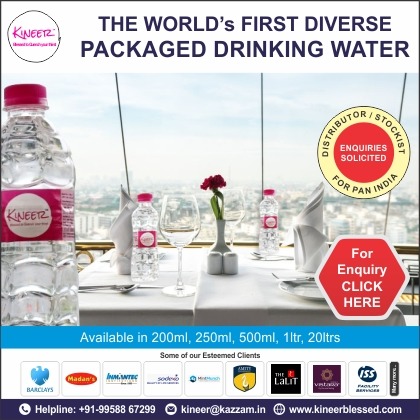SHARE
This website uses cookies to offer you a better Browsing Experience. By using our website, You agree to the use of Cookies
CoFoHoReCa | All Right Reserved 2024









